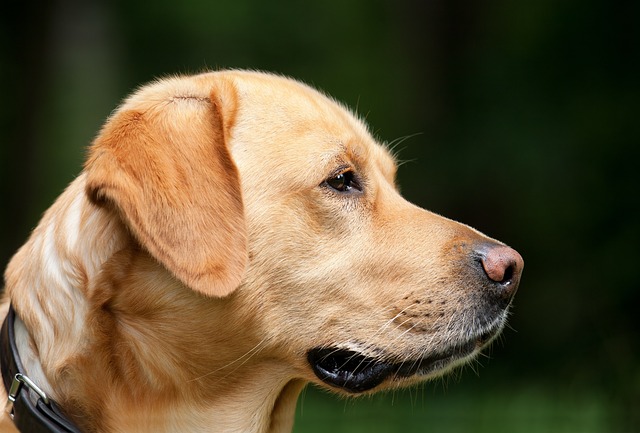
How can I tell if my dog's heatstroke is serious
Let’s be real: It’s a sticky August morning in Los Angeles, and you took your 2-year-old Golden Retriever, Max, for a walk a little later than usual
Let’s paint the picture: You’re in your Denver apartment, watching your 4-year-old Boston Terrier, Ruby, plop down mid-play session with her favorite toy—she’s huffing like she ran a marathon, but you only played for 5 minutes. At her last vet visit, the doctor said she’s 2 pounds overweight—enough to strain her joints over time. You start asking: What kind of exercise is best for a dog to lose weight? Spoiler: It’s not just long walks—it’s exercise that’s fun, fits your living situation, and burns calories without wearing her out.
First, let’s break the science down nice and simple. The best weight-loss exercise for dogs mixes cardio (to burn calories) and low-impact strength (to keep muscle). Why muscle matters? More muscle means a higher resting metabolic rate—so Ruby burns more calories even when she’s napping. Extreme exercise (like a 5-mile run) is bad: It can hurt her joints and make her hate working out. Instead, “interval exercise” works best—short bursts of activity followed by rest. Think: Walk for 3 minutes, play fetch for 1 minute, repeat. This keeps her heart rate up without tiring her out too fast.
Now, let’s get to the hands-on steps—easy for apartment dwellers and busy schedules. If you live in a NYC or Chicago high-rise (no yard?), use your building’s stairs: Walk up 1 flight, then down, and reward Ruby with a tiny piece of freeze-dried chicken (her favorite!) when she’s done. Do this 3x a day—total time 10 minutes, but it’s way more effective than a slow walk around the block. For outdoor time, head to a local park (most U.S. cities have small “dog-friendly” green spaces) and play “tug-of-war” with a soft rope toy—this builds leg muscle while burning calories. A friend in Phoenix did this with her overweight Chihuahua: 15 minutes of stair walks + 10 minutes of tug daily, and he lost 1.5 pounds in a month.

Training and U.S. rules tie into this too—stuff every new dog owner needs to know. First, vaccines: Every state requires rabies shots, and cities like Seattle or Miami demand you carry proof (animal control can ask to see it!). Never skip this—sick dogs can’t handle exercise, so a vet check first is a must. Second, public manners: Always bring poop bags—leaving waste behind isn’t just rude; it’s illegal (fines start at $100 in Denver). Use a 6-foot leash (not retractable!)—retractable leashes can scare kids or other dogs, and many parks ban them. And no punishment: If Ruby slows down, don’t yank the leash or scold her—she’s probably tired. Instead, take a 2-minute break and praise her for trying. Positive reinforcement keeps her excited to exercise.
Remember: The “best” exercise is the one you both stick to. A 20-minute walk + 5 minutes of play is better than a 1-hour hike you only do once a week. For Ruby, that means 15 minutes of stair walks in the morning and 10 minutes of tug in the evening. In 6 weeks, you’ll notice she plays longer, huffs less, and even jumps on the couch easier. With the right mix of cardio, strength, and respect for local rules, your dog won’t just lose weight—she’ll love staying active with you.

Let’s be real: It’s a sticky August morning in Los Angeles, and you took your 2-year-old Golden Retriever, Max, for a walk a little later than usual

You're enjoying a summer afternoon at the park when you notice your dog has stopped panting and appears disoriented - their gums are bright red

Let’s paint the picture: You’re in your Denver apartment, watching your 4-year-old Boston Terrier, Ruby, plop down mid-play session with her favorite toy

Many dog owners notice their pets nails seem shorter after regular walks,but how much does this daily activity actually help?The answer depends on where you walk—concrete sidewalks or asphalt streets gently file nails as a dog's paws hit the ground

Most dog owners notice their pup scooting across the carpet at some point, but few connect it to impacted anal glands. These small sacs near a dog’s rectum secrete a scent for marking territory

Most vets agree that regular dog teeth cleaning is key to avoiding painful dental issues later. For healthy adult dogs, a professional cleaning at the vet’s office every 12 to 18 months usually works well.